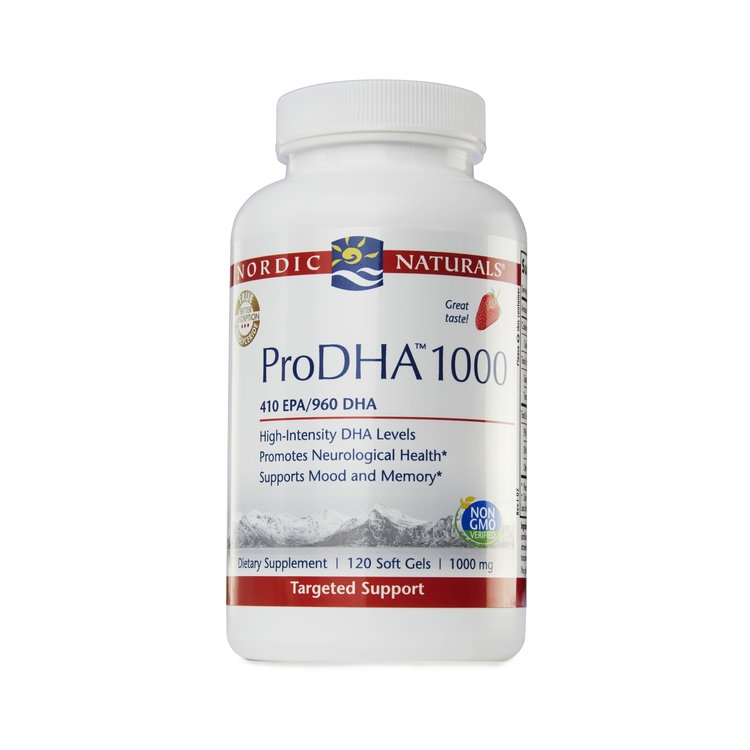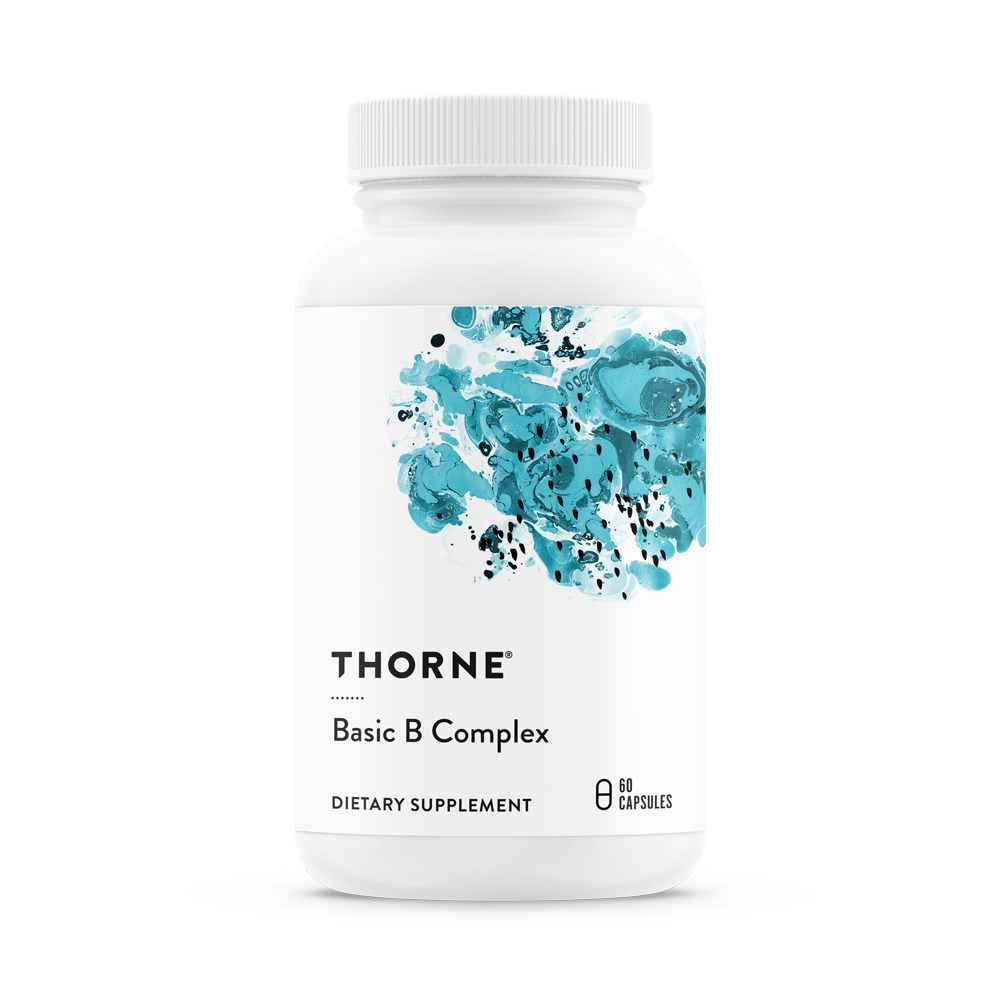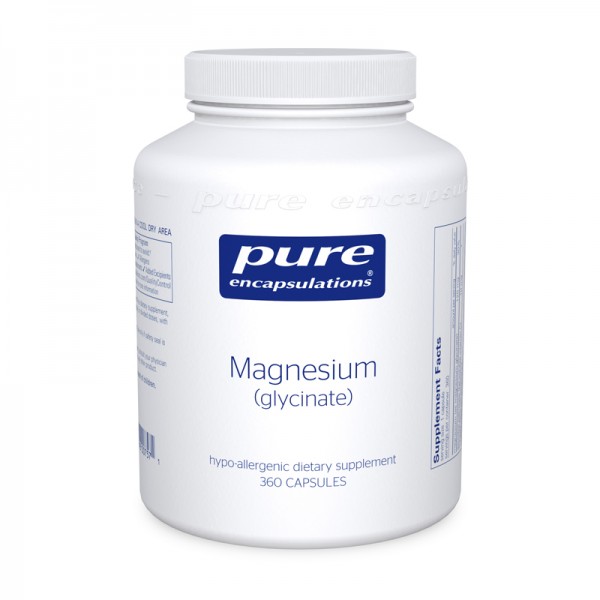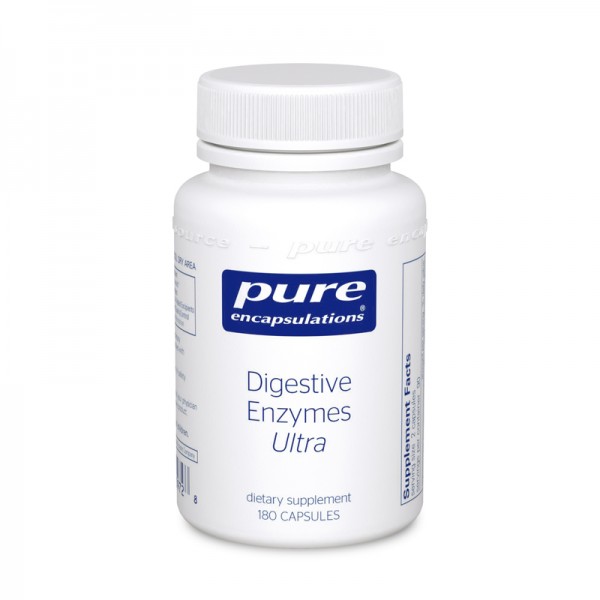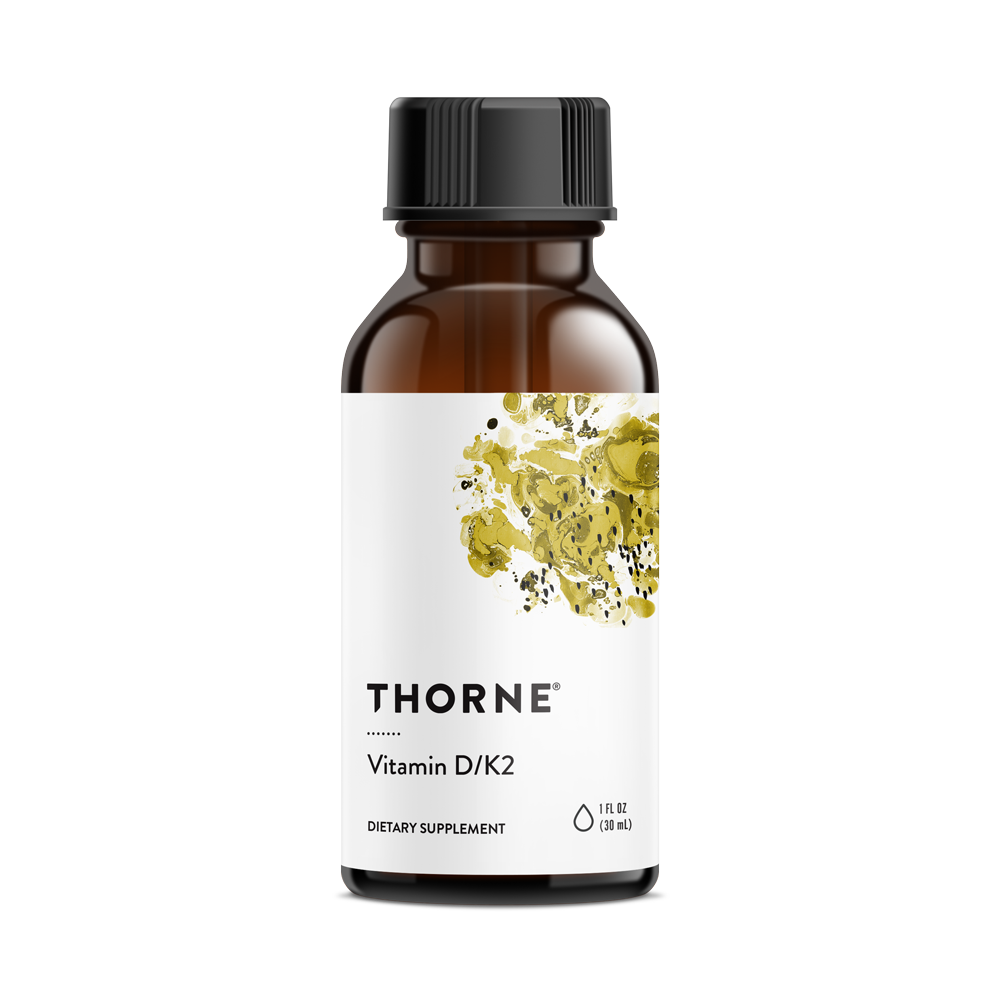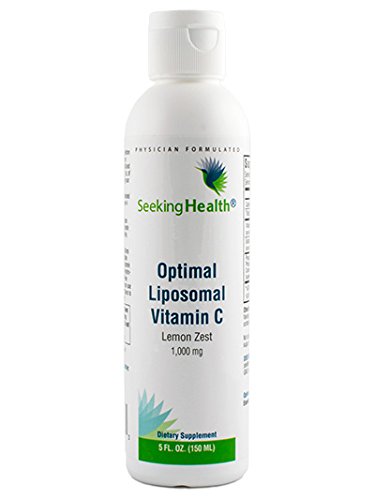Can Omega-3 Fatty Acids Help Your Depression?
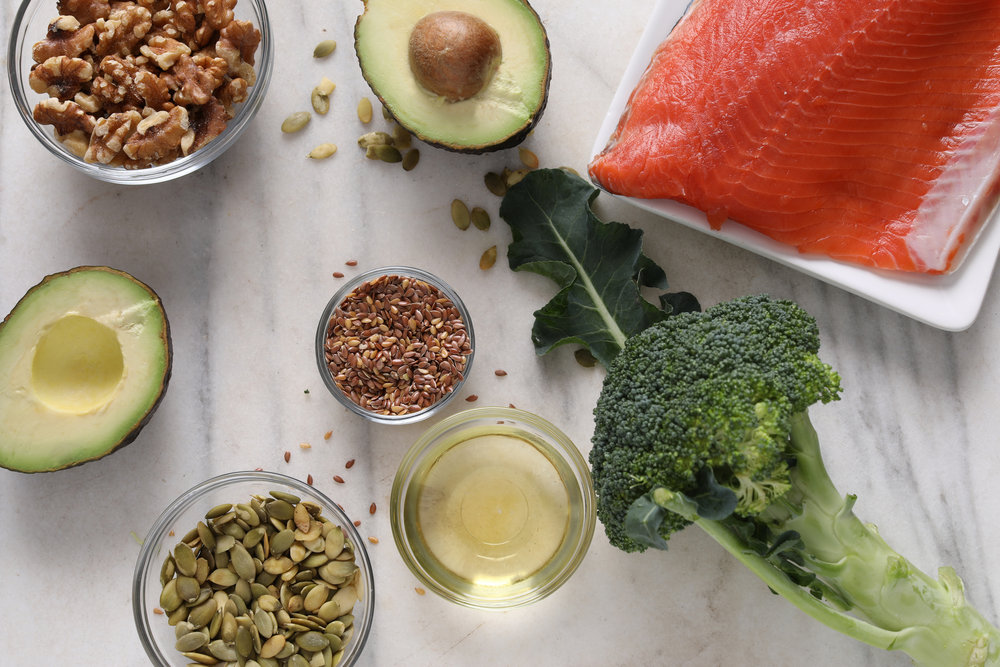
While eating fish won't make you instantly happy (unless you LOVE salmon like I do), some research suggests that the omega-3 fatty acids found in fatty fish may help boost your mood.
Omega-3 fatty acids are most famous for their anti-inflammatory and heart health benefits, but there is also some interesting research supporting the use of omega-3 fatty acids for combating depression.
The science behind omega-3 fatty acids
Omega-3 fatty acids belong to a group of fats called polyunsaturated fatty acids, or PUFAs. PUFAs are unique in their ability to bond with other compounds, which allows them to attach to and deactivate harmful compounds in the body like free radicals.
There are actually several types of omega-3 fatty acids, but the most important ones in the nutrition and health world are alpha-linolenic acid (ALA), eicosapentaenoic acid (EPA), and docosahexaenoic acid (DHA). These omega-3 fatty acids are critical for the proper functioning of our immune, inflammatory, cardiovascular, and nervous systems.
ALA, EPA and DHA are essential fats, we need to eat them in order to survive because we don’t have the ability to make them from our body's nutrient stores. The only way to have adequate amounts of ALA, EPA and DHA is to get it from our food or supplements.
ALA
About 85% of the ALA we consume from food is used to supply energy to our cells, and the remaining ALA is converted to EPA and DHA. However, our body's ability to convert ALA into EPA and DHA depends on a number of factors.
For example, high consumption of omega-6 fatty acids (soybean oil, canola oil) can decrease EPA and DHA production. We also need adequate amounts of niacin, vitamin B6, vitamin C, zinc and magnesium to convert ALA to EPA and DHA.
So, even if we consume enough ALA in our diet, we may not be effectively converting it EPA and DHA.
EPA
EPA plays a critical role in helping our bodies fight inflammation. Once EPA is synthesized in the body, it is converted to a special messaging molecule called a prostaglandin.
Prostaglandins can both increase and decrease inflammation, which can have a powerful impact on your health. Prostaglandins made from EPA have potent anti-inflammatory effects, which help combat excessive inflammation and inflammatory diseases, such as heart disease, diabetes, obesity, and autoimmune disease.
DHA
DHA is especially important for the proper functioning of our brain and nervous system. DHA actually accounts for 9 - 12% of our brains total weight! Studies have found that a deficiency of DHA is associated with impaired cognitive development in children, and increased incidence of neurodegenerative diseases like Parkinson's disease and multiple sclerosis in adults.
Can Omega-3 help with depression?
According to observational studies, people who eat fish that is rich in DHA and EPA have a lower risk of depression and suicide. An experimental study also found that taking 2 grams of EPA per day in conjunction with standard therapy improves depressed mood, feelings of guilt, worthlessness, and insomnia in people with recurrent major depression.
However, there are some inconsistent results from other experimental studies that found no benefits of fish oil supplementation for depression.
Researchers suggest that these inconsistencies may be attributed to variations in study design, and we need more research to understand the relationship between omega-3s and depression.
The benefits of fish oil supplements for managing depression likely depend on the specific concentration of EPA in the supplement and the degree of depression in the person. Preliminary clinical research suggests that fish oil is most effective in reducing major depression (versus mild-to-moderate depression), and only if the supplement contains at least 50% - 60% EPA.
We have a lot to learn about the mechanisms by which fish oil improves mood. For now, researchers theorize that omega-3s might strengthen membrane structures in the brain and improve neurotransmitter transmission. This is an exciting topic that emphasizes the importance of omega-3 fatty acids and fatty fish intake on our physical and mental health!
How much omega-3 should you have?
Unfortunately, the recommendations for omega-3 fatty acid intake is not so straight forward either. There are several recommendations for intake of EPA and DHA from different scientific organizations.
-
The National Academy of Sciences' Dietary Reference Intake (DRI) level for ALA is:
-
1.6 grams per day for men ages 19-70
-
1.1 grams per day for women ages 19-70
-
-
The Academy of Nutrition and Dietetics recommends:
-
An average of 500 mg of total EPA and DHA per day
-
This would be approximated by having two 4-ounce (after cooking) servings of fatty fish per week.
-
-
The American Heart Association recommends:
-
Two 3.5-ounce (after cooking) servings of fatty fish per week.
-
-
The World Health Organization recommends:
-
One to two servings of fish per week, with each serving providing between 200 and 500 mg of total EPA and DHA.
-
-
The NIH (National Institutes of Health) working group recommends:
-
220 mg each of EPA and DHA per day in a 2000-calorie diet.
-
I say keep it simple and opt for 2 servings of fatty, low-mercury fish per week (see sources below). Most people eat way more than 4 ounces of any animal protein per serving, so if you follow this simple guideline you should be getting more than enough of your recommended needs. If you follow a vegan or vegetarian diet, or suffer from depression, heart disease, or autoimmune disease talk to your dietitian and doctor about options for omega-3 supplementation.
What are the best sources of omega-3s
While these charts are a great reference for omega-3 content in commonly consumed foods, keep in mind that the omega-3 content of animals (land and sea) will be highly dependent on their diet.
Wild fish that feed on algae and sea plants will have a high omega-3 content. Farmed fish can also have a high omega-3 content if they are fed omega-3 rich food. Chickens that feed on omega-3 fortified food also produce eggs that are rich in this essential nutrient.
FOOD SOURCES OF ALA
-
Flaxseed oil (cold pressed): 1 tbsp = 7.2 g ALA
-
Chia Seeds: 1 tbsp = 2.5 g ALA
-
Flaxseeds (ground): 1 tbsp = 2 g ALA
-
Navy Beans: 1 cup (uncooked) = 1.2 g ALA
-
Hemp Seeds: 1 tbsp = 0.9 g ALA
-
Walnuts: 1/4 cup = 0.8 g ALA
Opt for organic options of these foods whenever possible to prevent exposure to inflammatory pesticides. Bob's Redmill makes a great ground flaxseed meal that I use everyday. Just add 1 - 2 tbsp to pretty much any meal to get a daily dose of plant-based omega-3s. I also like to add 1 tbsp of organic chia seeds (I like this product by Nutiva) to smoothies for an omega-3 boost. These grab-and-go Chia Warrior bars are also an easy way to get some plant-based omegas.
Source: USDA National Nutrient Database for Standard Reference
FOOD SOURCES OF EPA
-
Menhaden Fish Oil: 1 tbsp = 1.8 g EPA
-
Salmon Fish Oil: 1 tbsp = 1.8 g EPA
-
Sardine Fish Oil: 1 tbsp = 1.4 g EPA
-
Shad (American): 3 oz. raw = 0.9 g EPA
-
Salmon (Chinook): 3 oz raw = 0.9 g EPA
-
Herring (Pacific): 3 oz raw = 0.8 g EPA
-
Mackerel (Atlantic): 3 oz raw = 0.8 g EPA
-
Salmon (Atlantic, Farmed): 3 oz raw = 0.7 g EPA
-
Sardines (Atlantic, Canned): 1 cup = 0.7 g EPA
-
Sablefish: 3 oz raw = 0.6 g EPA
-
Anchovy (European): 3 oz raw = 0.5 g EPA
-
Halibut: 3 oz raw = 0.5 g EPA
-
Bluefish: 3 oz raw = 0.2 g EPA
-
Trout, Rainbow (wild): 3 oz raw = 0.1 g EPA
If it's not realistic or not a good option for you to incorporate fatty fish as part of your regular diet, I recommend supplementing with a high quality omega-3. Nordic Naturals ProDHA is one of my favorites.
FOOD SOURCES OF DHA
-
Salmon Fish Oil: 1 tbsp = 2.5 g DHA
-
Sardine Fish Oil: 1 tbsp = 1.5 g DHA
-
Shad (American): 3 oz. raw = 1.2 g DHA
-
Mackerel (Atlantic): 3 oz raw = 1.2 g DHA
-
Salmon (Atlantic, Wild): 3 oz raw = 1.0 g DHA
-
Salmon (Atlantic, Farmed): 3 oz raw = 1.0 g DHA
-
Spanish Mackerel: 3 oz raw = 0.9 g DHA
-
Salmon (Chinook): 3 oz raw = 0.8 g DHA
-
Anchovy (European): 3 oz raw = 0.8 g DPA
-
Salmon (Coho, Farmed): 3 oz raw = 0.7 g DHA
-
Herring (Pacific): 3 oz raw = 0.6 g DHA
-
Bluefish: 3 oz raw = 0.4 g DHA
What are your favorite mood boosting foods? Share your thoughts and questions in this topic in the comment section.
XO Tamar
AFFILIATE DISCLOSURE
This post may contain affiliate links, which means that All Great Nutrition may receive a percentage of a product or service you purchase using the links in the post. You will pay the same price for all products and services, but your purchase helps support our ongoing work to help others be healthy and happy. Thanks for your support!

Hey! I’m Tamar…
